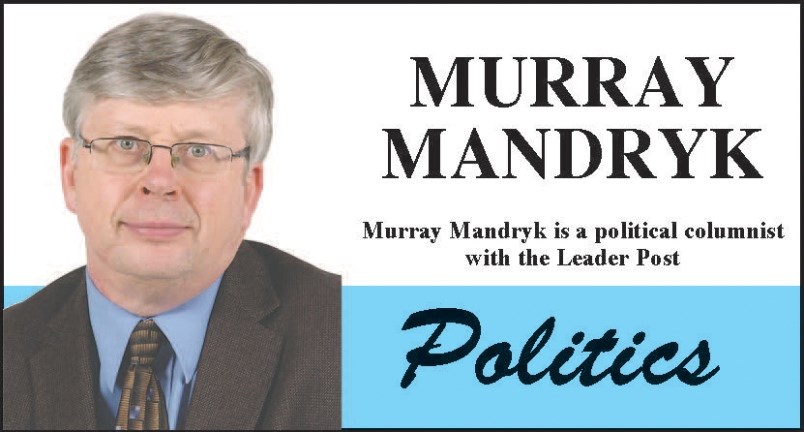There are a number reasons why we take good, ol’ SaskPower for granted … and maybe sometimes even dislike it.
For starters, a government-owned monopoly utility is bound to irritate us because it seemingly can charge what it wants for something we absolutely can’t live without.
This always been a source of resentment in Saskatchewan — one that’s likely grown as we’ve become more free enterprise in nature.
And while publicly owned utilities like SaskPower actually pre-date the first Co-operative Commonwealth Federation (the CCF that would later become the NDP) government, Crown corporations have always been long-associated with the NDP, social democratic philosophy. That was cemented in the 1980s when the NDP fought tooth and nail to stop their privatizations.
But ultimately why we still own Crown utilities like SaskPower comes down to our recognition that we do need a stable, reliable and affordable power supply for all.
A snowstorm 1,400 miles to the south of us in Texas now serves as a reminder of that.
The -20C temperatures Texans faced a couple weeks ago wreaked havoc on poorly insulated homes, businesses and people more accustomed to enduring tornadoes, hurricanes and summer heat.
About 4.7 million Texas homes and businesses were left without electricity, heat and running water due to burst pipes and frozen natural gas intakes. Power lines downed by ice and freezing rain added to the chaos.
So did wind turbines that account for 15.7 per cent of Texas power that were shuddered by the cold.
To say that SaskPower is vastly more prepared for such cold weather is a massive understatement.
For starters, we do better insulate everything, including our wind turbines — although they only account for 241 megawatts or five per cent of SaskPower total 4,893-megawatt generating capacity. (Another 387 megawatts is in the works in the Herbert-Riverhurst-Assiniboia area with 300 more megawatts in the planning.)
Contrary to the notion held by some that wind turbines don’t work in cold Saskatchewan winters, they continue to spin here in temperatures as low as -30 C (windchill being a non-factor, because wind is the turbine’s friend). In fact, wind turbines here pump out more energy in the colder months.
But besides being prepared for cold, Saskatchewan is more accepting of the reality that distributing electricity to a vast jurisdiction (Saskatchewan is within 4,000 square kilometres of being as big as Texas) requires rules to be followed and a willingness of both business and people to co-operate.
What really bogged down Texas even after the power went back on is utility deregulation in that state that’s created a bit of a free-for-all for that now sees Texas consumers buy their power from the cheapest private source and sees little in the way of a backup plant for catastrophic events like this snowstorm.
Unlike SaskPower that stops energy exports in times of shortages and also has agreements and means to quickly purchase power from neighbours in a crisis, there is little central planning in deregulated Texas.
So even after power was restored, some Texans were hit with bills of $5,000 for five days because their contracts with private companies allowed to jack up prices to make up for shortfalls.
Here in Saskatchewan, some big industrial users do have guarantee supply contracts to prevent damages to their businesses, but even they can have their power cut to ensure electricity first flows to homes and hospitals.
Are we perfect? Hardly. And our electrical costs are high.
But maybe what we saw in Texas is reason to question whether its smart to be handing back rebate cheques back to consumers as the Saskatchewan Party promised last election rather than pumping that money back into SaskPower’s aging infrastructure.
As Texas proved, electricity costs you dearly when you don’t have it.



